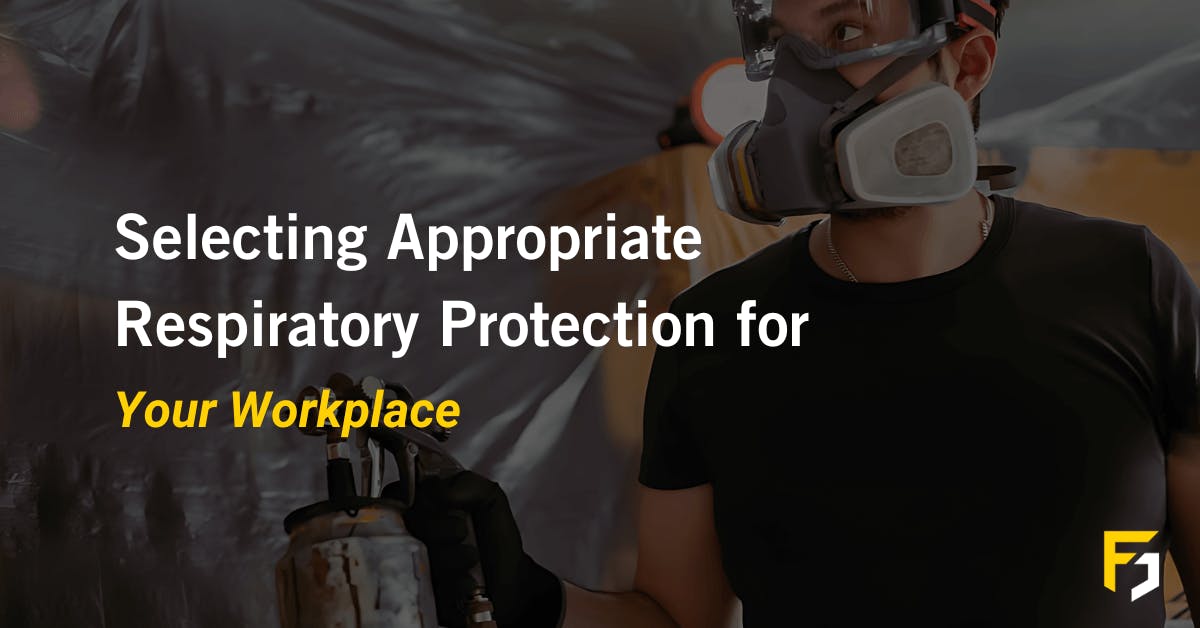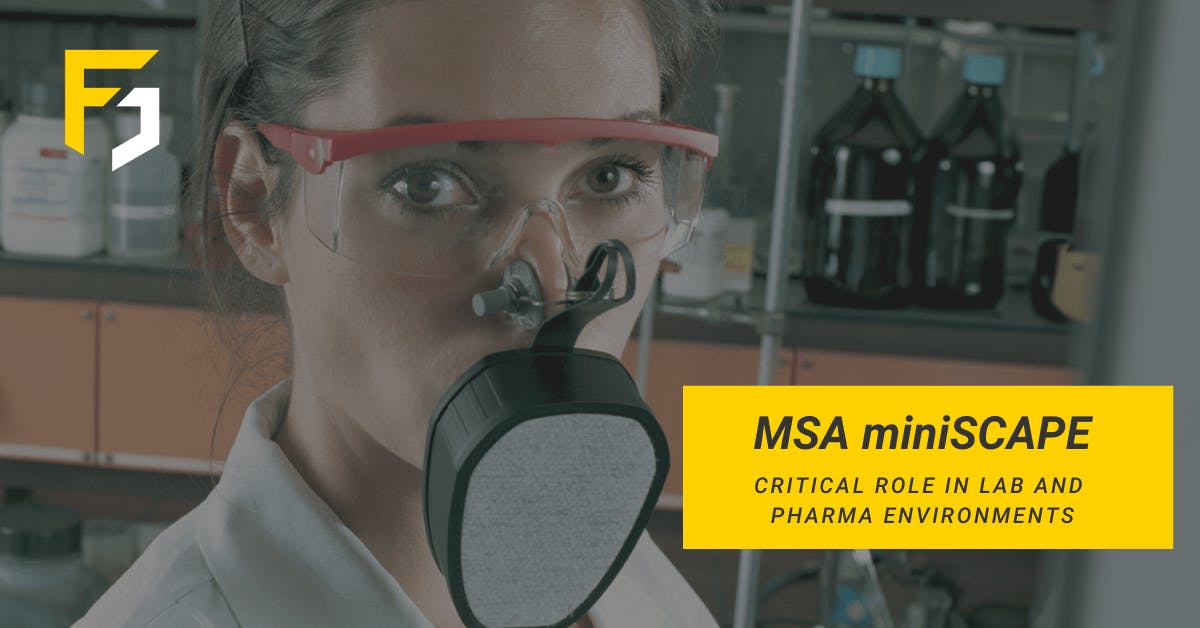
Ebola Virus and PPE - a Frontline Safety Guide
With the Ebola virus continuing to spread, more and more guidelines on the types of Personal Protection Equipment (PPE) are being published, adding a level of confusion as to the best and most effective PPE to be worn when dealing with cases of the virus.
For example, the Centre for Disease Control in the United States has released more information on what it regards is the minimum level of PPE to be donned by anyone exposed to Ebola, along with the need for such persons to be receive proper PPE training.
It's clear, therefore, that while Ebola remains without a cure, the use of PPE is absolutely to controlling the spread of the virus.
In this guide we'll take you through some of the items of PPE which should be regarded as the minimum for anyone at risk of being exposed to Ebola.
What PPE Should Be Used When Faced With Ebola?
Due to Ebola principally being spread via human-to-human contact, particularly through bodily fluids, protecting the face is essential.
Therefore, a mask should be worn to prevent splashes to the nose and mouth. The Health and Safety Executives Guidance for the Department of Health recommends that FFP3 Filter type respirators are used, such as the MSA Affinity 2131, which is available to buy here.
This disposable mask is a folding respirator which offers high-performance think and light filtering media.
It's part of the MSA Affinity 2100 range which protects against the most penetrating solid and liquid aerosol particles, present in various working environments.
Another FFP3 Filter type respirator comes from Drager, the X-plore 1330, and due to its class protects the wearer against solid and liquid particles, benefiting from a complete "all-round" comfort seal.
It also comes with the CoolMAX exhalation valve which allows the wearer to breathe easily due to low breathing resistance. The CoolMAX valve also prevents hot air from building up in the mask by releasing it. This helps the wearer stay cool whilst wearing it, absolutely vital for comfort in hot and humid climates.
Staying with FFP3-class face masks, another worth considering is the Drager X-plore 1730, which we have available to buying in a pack of 10.
It features of the X-plore 1700 include a flexible nose clip and nose pad, a soft inner hypoallergenic layer, a VarioFlex head harness, flat-folding to save space and colour coding to allow fast recognition, while also benefiting from Drager's CoolMAX exhalation valve, keeping the wearer cool by allowing warm, exhaled air to pass out.
Going further with the use of facemasks in the prevention of the spread of Ebola, we also want to recommend another Drager product, this time a variation on the X-plore 1300, which you can buy in a pack of 5 here.
The key benefit of this facemask, in addition to the CoolMAX valve, is protection against airborne biological substances from risk group 3, and enzymes. The FFP3 classification also means the mask has a complete all-around comfort seal.
It comes with a VarioFLEX head harness with EasyStop which makes the facemask easy to don and doff and adjust. No clips are required which prevents the wearer from feeling uncomfortable and avoids allergic reactions.
Protecting Exposed Skin When At Risk from Ebola
In addition to protecting your face, anyone at risk of being exposed to the Ebola virus is strongly urged to avoid "any skin exposure". The above mentioned CDC guidelines state the following minimum PPE to prevent exposed skin:
- Double gloves
- Boot covers that are waterproof and go to at least mid-calf or leg covers
- Single-use fluid-resistant or impermeable gown that extends to at least mid-calf or coverall without intergraded hood
We stock a wide variety of accessories and PPE to meet these requirements, get in touch with us via our website by clicking here, to learn more.
Going Further With Ebola PPE
So far, we've looked at facemasks that meet the minimum HSE guidelines for exposure to Ebola. However, we also want to make you aware of a more powerful OptimAir® 3000. This unit is specifically aimed at anyone working in an environment that requires long-term breathing protection, something that's particularly important for frontline healthcare workers in an Ebola affected area.
 Traditional "non-powered" air filtering systems eventually tire the body due to the added effort involved in breathing through the mask. However, the OptimAir® 3000 allows you to breathe normally while you work as theicroprocessor-controlled, variable-speed motor provides optimal amount of air to you.
Traditional "non-powered" air filtering systems eventually tire the body due to the added effort involved in breathing through the mask. However, the OptimAir® 3000 allows you to breathe normally while you work as theicroprocessor-controlled, variable-speed motor provides optimal amount of air to you.
For noisy environments where Ebola may be present, the OptimAir® 3000 really comes into its own, featuring audible and visual alarms for low flow indication and low battery voltage, while the rechargeable battery driving the unit will last for around 8 hours, depending on the configuration you've chosen, of which there are three.
We'd love to talk to you more about the OptimAir® 3000, so get in touch with us using our website's Livechat function, which you can learn more about by clicking here.
Our team of PPE experts is ready to answer your questions regarding how to kit yourself out to help prevent the spread of the Ebola virus.






